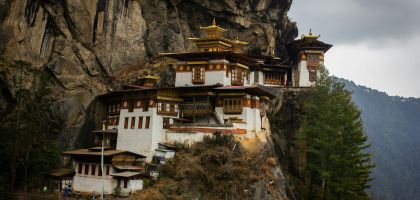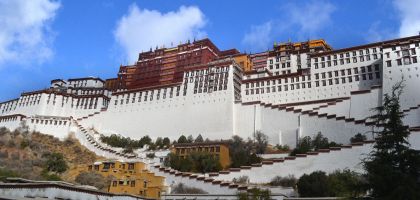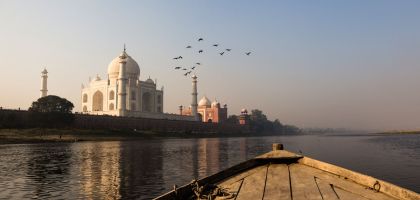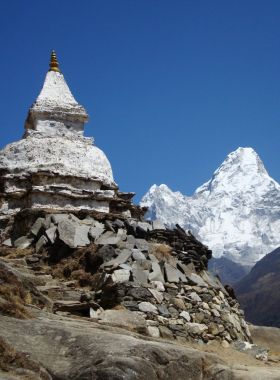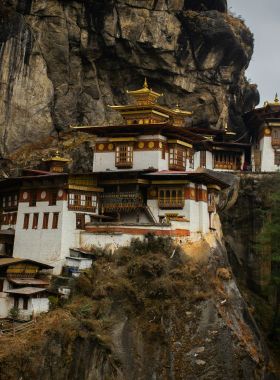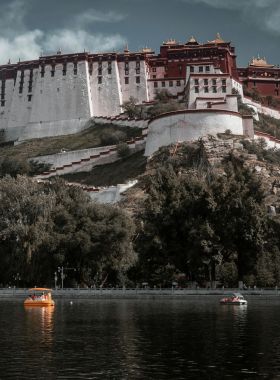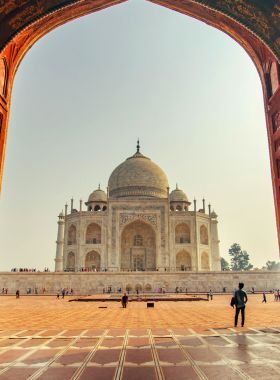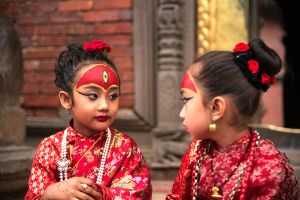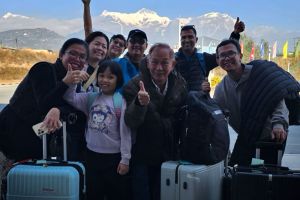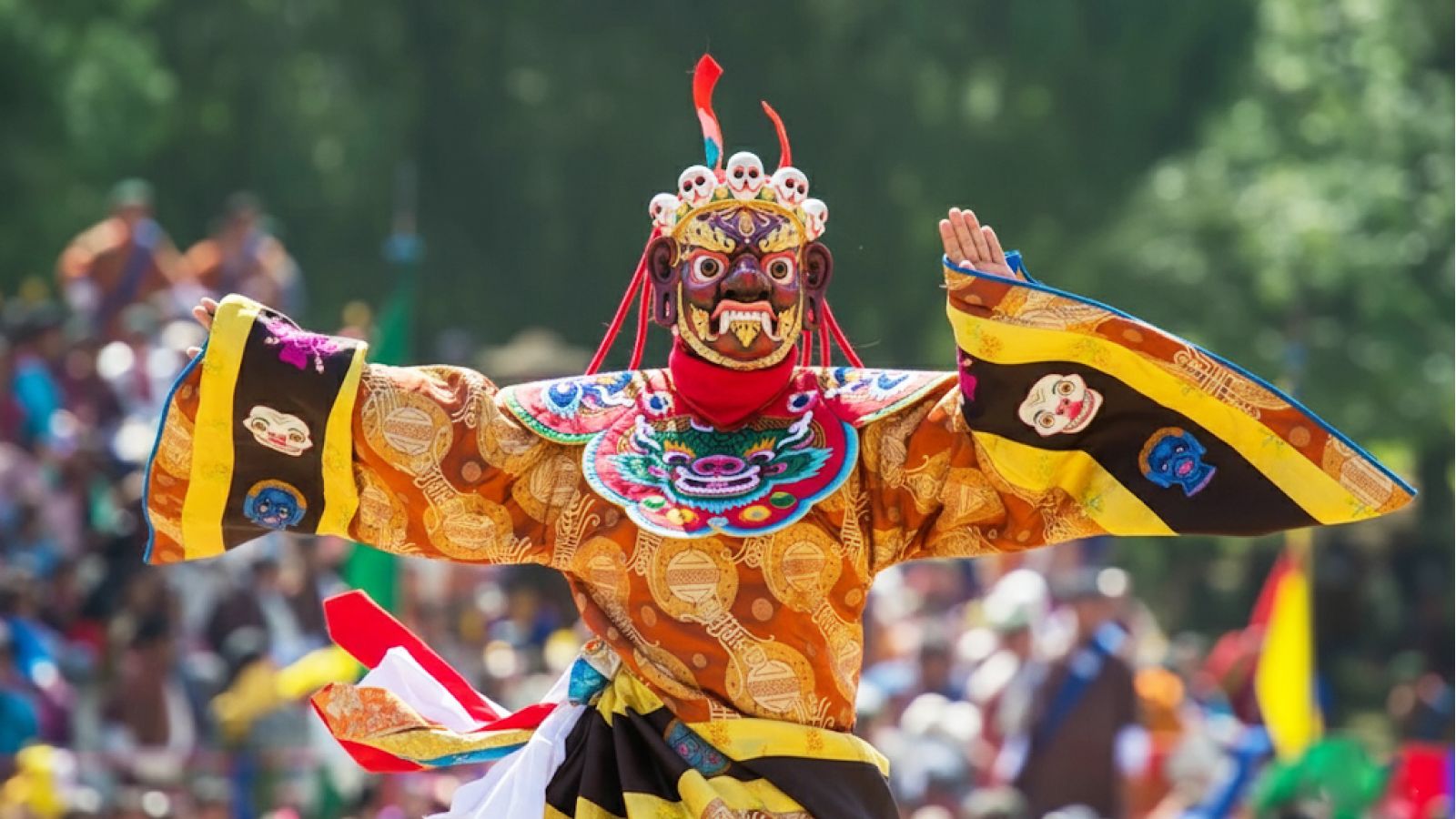Festival Tours in Bhutan – The Best Way to See Living Culture
The dancers tie their masks with quiet precision, heavy silks rustling in the cool dawn air. In the courtyards of Bhutan’s great dzongs, monks prepare with hours of chanting, while villagers in bright woven kira and gho stream in from every direction, baskets of food balanced on their backs. Children tug at sleeves, the old settle carefully onto stone steps, and anticipation hums like a current through the gathering crowd. For three to four days, life rearranges itself around the festival, and travelers joining festival tours in Bhutan witness how work in the fields is set aside, markets go quiet, and the sacred takes command of the calendar.
Tshechu, meaning “tenth day”, are Bhutan’s great religious festivals, first introduced by Zhabdrung Ngawang Namgyal, the 17th-century Tibetan lama regarded as the founder of Bhutan and the architect of its dual system of governance. Historical accounts suggest that Zhabdrung, together with Tenzin Rabgye, the fourth Druk Desi (the secular ruler who administered the state under Zhabdrung’s spiritual authority), and their retinue, were initiated into the Lama Gongdue cycle of treasure teachings. These teachings, particularly their meditations and rituals, became the foundation for the Tshechu performances. Although the tradition began as a monastic practice, the first full public celebration took place in 1690 at Tashichho Dzong in Thimphu. Today, Tshechu festivals are performed in the grand courtyards of Bhutan’s fortress-monasteries, or dzongs, which remain defining landmarks of the country’s cultural and spiritual landscape, thereby making festival tours in Bhutan, a truly remarkable experience for foreigners.
To witness a Bhutanese festival is to see how faith and community breathe together. Known as Tshechu and Drubchen, these events are a combination of prayer, performance, and celebration. They are not be taken as stage performances. As religious ceremonies, social gatherings, and cultural performances, Bhutan’s festivals emobody devotion, beauty, and continuity. For the traveler, joining a festival tour in Bhutan is an immersion into the heartbeat of a nation, where every gesture, every mask, every note of the long horns carries meaning and connection.
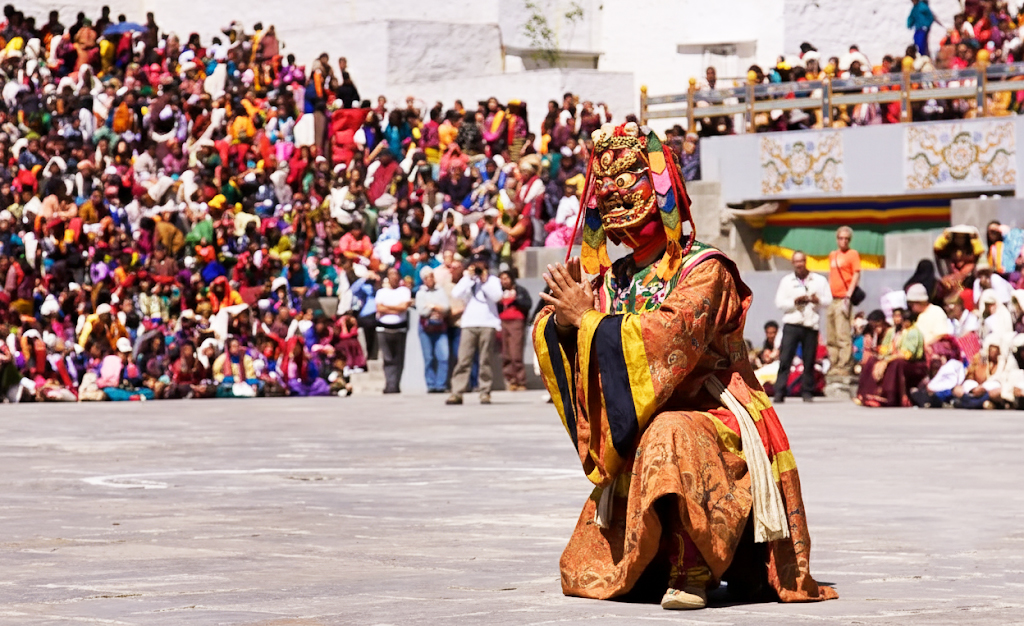
Festival tours in Bhutan are perhaps the most vivid way to experience the country’s culture, because it gathers everything that makes Bhutan unique into one unfolding celebration. Within the span of a few days, a traveler encounters sacred Buddhist rituals, the grandeur of dzongs draped in silk banners, the artistry of masked cham dances, and the warmth of families sharing meals on monastery courtyards. Unlike ordinary sightseeing, such tours offer immersion. You are observing tradition and also becoming part of the social fabric, seated alongside villagers in their finest dress, listening to the deep chant of monks, and witnessing ancient stories brought to life through dance and ritual. For anyone seeking to understand Bhutan, the festivals are the doorway, and a well-planned tour ensures you step through it at just the right moment.
Bhutan Festivals and Dates
Bhutan has a rich cultural heritage with over 160 festivals celebrated throughout the year.
Here is a list of some of the main festivals in Bhutan, highlighting their locations and approximate dates:
- Punakha Tshechu (Punakha Dzong, March)
- Gomphu Kora Festival (Gom Kora Lhakhang, April)
- Talo Tshechu (Talo Gompa, Punakha, April)
- Gasa Tshechu (Gasa Dzong, April)
- Zhemgang Tshechu (Zhemgang Dzong, April)
- Paro Tshechu (Rinpung Dzong, Paro, April – includes a thongdrol unveiling)
- Ura Yakchoe (Ura Lhakhang, Bumthang, May)
- Nimalung Tshechu (Nimalung Dratshang, Bumthang, June-July)
- Wangdue Tshechu (Tencholing Army Ground, Wangduephodrang, September)
- Thimphu Tshechu (Tashi Chhodzong, Thimphu, September)
- Gangtey Tshechu (Gangtey Gonpa, Phobjikha, Wangduephodrang, September-October)
- Jakar Tshechu (Jakar Dzong, Bumthang, October)
- Jambay Lhakhang Drup (Jambay Lhakhang, Bumthang, November)
- Dechenphu Tshechu (Dechenphu Lhakhang, Thimphu, October)
- Mongar Tshechu (Mongar Dzong, November)
- Trashigang Tshechu (Trashigang Dzong, November)
The meaning behind the festivals of Bhutan
At their heart, Bhutanese festivals are acts of devotion. The most important of these, the Tshechu, are dedicated to Guru Rinpoche, the 8th-century master who introduced Buddhism to Bhutan. Through the masked cham dances, the stories of saints and deities are retold as living teachings. For the faithful, witnessing these dances is a blessing in itself, an opportunity for purification, protection from misfortune, and the accumulation of spiritual merit. Festivals invite people to reflect, pray, and renew their faith, transforming a communal gathering into a spiritual journey.
But the purpose of these celebrations goes beyond religion alone. Festivals are also the guardians of Bhutanese culture, preserving ritual practices, traditional music, and ancient folklore across centuries. Each performance, costume, and chant is a thread in the fabric of national identity, reinforcing pride in Bhutan’s unique heritage.

On a social level, festivals serve as the great gatherings of the year. In a country where villages are scattered across mountains and valleys, they provide rare occasions for people to meet, share food, exchange news, and renew friendships. Laughter and song mingle with prayer, strengthening a sense of belonging and collective spirit. For many, it is a time of release and joy, a balance to the solemnity of the rituals unfolding in the courtyards.
There is also a quieter, personal dimension. For individuals, festivals are moments of spiritual renewal and healing, occasions to pause from the demands of daily life, to meditate, and to seek clarity. This sense of inner well-being resonates strongly with Bhutan’s philosophy of Gross National Happiness, which emphasizes not only material progress but spiritual and communal flourishing.
In all these ways, Bhutanese festivals are multi-dimensional: sacred rites, cultural treasures, social reunions, and living embodiments of the values that sustain Bhutan. They are the heartbeat of the nation, renewing faith, identity, and community with every dance, chant, and prayer.
Festival tours in Bhutan
At the heart of Bhutanese festivals are the masked dances known as Cham, where monks and laymen take to the courtyard in elaborate costumes and fearsome masks. Each movement is deliberate, carrying layers of symbolism as they reenact stories of saints, Buddhist legends, and the eternal struggle between wisdom and ignorance. Some dances celebrate Guru Rinpoche, the revered master who brought Buddhism to Bhutan, while others serve as moral lessons for the community. To watch a Cham is not only to see a performance but to glimpse a form of meditation in motion, an offering as much for the spirit as for the eye.
The festival begins with the raksha dancers, masked figures representing animals and mythical beings, setting the stage for the Lord of Death, Shingje Chogyal, and his court. This opening performance symbolizes the impermanence of life, the consequences of our actions, and the power of spiritual protection. As the Lord of Death takes his seat, the audience witnesses a ritual of purification and moral reflection, grounding the festival in both devotion and communal awareness. By starting with this dance, Bhutanese festivals remind everyone that the sacred and the social are intertwined, and that every step, mask, and gesture carries meaning. This is just one of the many dances performed during the festival.
Alongside these dances, festivals are rich with rituals and prayers. Monks chant for hours, butter lamps flicker in smoky altars, and pilgrims walk clockwise around temples and stupas in acts of devotion. At places like Chorten Kora, entire crowds join in circumambulation, circling the sacred stupa to accumulate merit. People come forward to receive blessings from monks, sacred relics, or holy statues, a gesture believed to purify the mind and grant spiritual protection. These moments lend the festivals their deepest gravity, reminding visitors that every gathering is more prayer than spectacle.
Some festivals are marked by moments of awe, such as the unveiling of a giant thangkha, a religious painting so large it cascades down the side of a fortress wall at dawn. In Paro, when the massive image of Guru Rinpoche is revealed, villagers believe sins are washed away simply by witnessing it. Elsewhere, festivals carry their own unique features: the Jambay Lhakhang Drup in Bumthang is remembered for its midnight fire ritual and even a naked dance, said to burn away obstacles and bless fertility; the Punakha Drubchen stages a dramatic reenactment of ancient battles, with priests dressed as warriors; while fire offerings and thunderous drum dances, performed beneath blazing structures, lend certain events a raw, elemental intensity.
Yet festivals in Bhutan are not only about devotion. They are also the year’s most important socialgatherings. Villagers put on their best kira and gho, children run about with sweet snacks in hand, families spread picnic cloths across monastery lawns, and laughter carries as strongly as prayer. Old friends meet, new friendships are formed, and music, dance, and conversation turn courtyards into spaces of both joy and renewal. For travelers, this is where a festival tour in Bhutan feels most alive: not standing apart as a spectator, but sitting shoulder to shoulder with Bhutanese families, sharing in the color, sound, and warmth of the celebration.
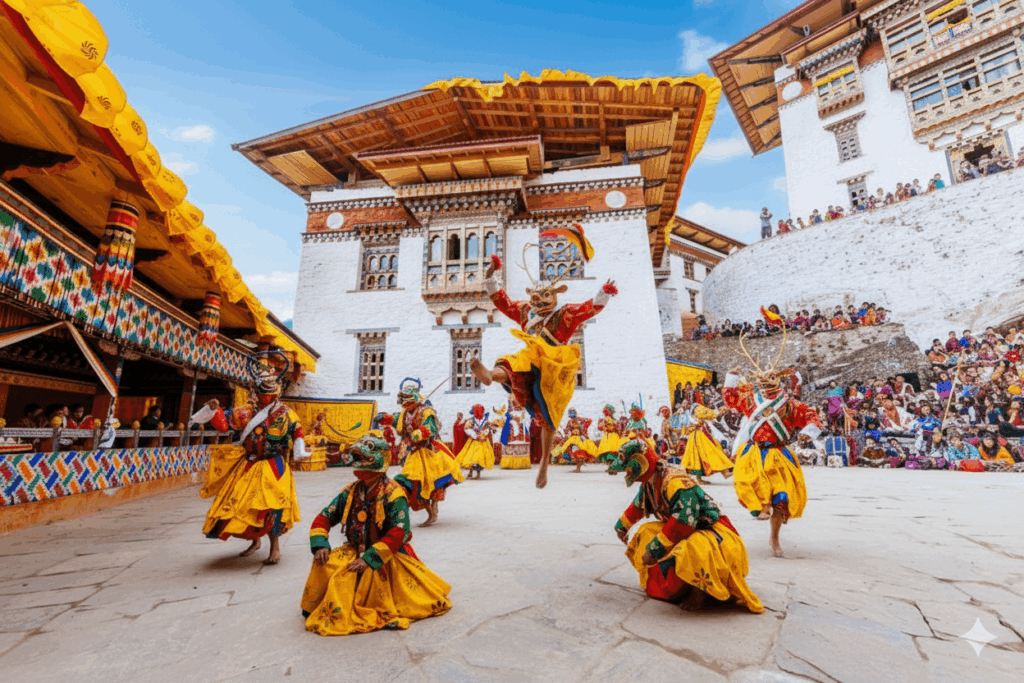
In essence, Bhutanese festivals are a fusion of religion, art, and community. They are storytelling through dance, purification through ritual, and bonding through shared celebration. To attend one is to witness Bhutan at its most profound and its most welcoming, a country opening its spiritual heart to all who gather.
In essence, Bhutanese festivals are a fusion of religion, art, and community. They are storytelling through dance, purification through ritual, and bonding through shared celebration. Joining festival tours in Bhutan allows travelers to experience this firsthand, witnessing the country at its most profound and welcoming, a nation opening its spiritual heart to all who gather.

